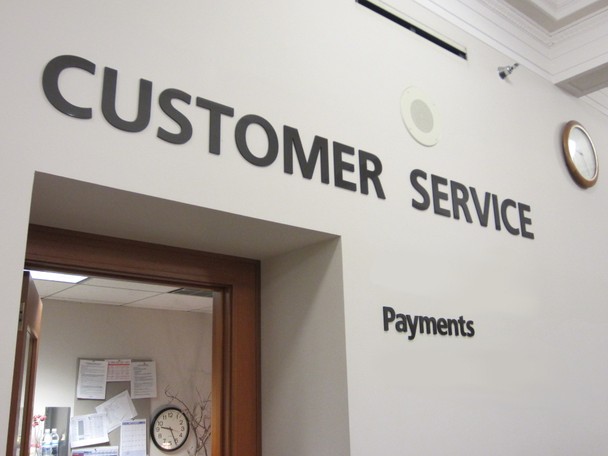 Another Believer, Attribution-ShareAlike 3.0 Unported
Another Believer, Attribution-ShareAlike 3.0 Unported
Amid the heavier tasks of sorting out the real stories behind the post-Black Friday collapse of Full Tilt Poker, a few moments of levity do emerge, such as in a series of FTP internal operational documents recently released by a former Tilt employees.
The documents were released by the author of a thread called “The Lederer Files: 30% Truth, 30% Plausible Deniability, 30% Lies, and 10% ****ing Bullshit,” served up by one “ftpinsider,” who, along with several other FTP workers participating in the thread, offers numerous tales of FTP life that contradict many of Lederer’s recent claims.
The thread makes for serious, eye-opening reading, but today’s excursion into FTP matters follows a lighter path, and looks at the template that FTP’s customer service workers followed when responding to all those “online poker is rigged” e-mails every site receives in droves.
The “Bad Beat” Letter Criteria
One supposes that customer service workers not familiar with poker have to be taught how to recognize certain families of complaints, and this serves as the lead-in for Full Tilt’s template on the matter:
The first thing a CSR has to do before even addressing the bad beat email is determine whether or not it is actually a bad beat email.
The criteria include, but are not limited to the following:
• Hands that are statistically a favourite to win, but the player perceives that it always loses.
• Players who whine about how they never win.
• Players asking about why another player always wins.
• Players who believe that our site deliberately sets up the deck so that worse players win more than better players.
• Players complaining that our shuffle is not random, that our shuffle is “rigged.”
• Players who would like to understand how our RNG works.
The last two criteria do not necessarily count as a bad beat, but fall in the same category. If you have difficulty determining whether or not the email is classified as a “bad beat” email, please ask a fellow collusion CSR or a supervisor for help.
Beware the “Sklansky Players”
Followups to the initial complaint then branch out into several categories, with some going to the “collusion” CSRs, and special treatment given to devoted customers. Given Full Tilt’s historic level of poor customer service, the following passage serves u[ heavy irony:
The first thing is that it is really important to customize your response. You can use templates, but be sure to modify them so that there is a personal touch to it and that the player knows you actually did read their email as oppose to just sending them a generic template. Don’t forget team, we are essentially a casino and it is important that we try to keep our players happy. There will be some special treatment given here. A player who has over 50,000 FTPs will and should get more attention from us than a player who only has 50 FTPs. The more the player plays with us, the more attention we are going to give to them. Remember it’s about high quality customer service.
Special attention was also given to players who cite overly technical arguments. In a reference to David Sklansky, 2+2 co-founder and author of The Theory of Poker, the FTP template continues:
Secondly, there are generally two types of bad beat emails. The first type of bad beat email are sent from players who are just upset that they lost and want a venue for expressing their outlet. Their emails often have profanity and are filled with emotional flames. You don’t need to spend a lot of time or effort on this particular of bad beat email. Address them quickly, but politely.
Then there are the types of bad beat emails that are written to us with Sklansky knowledge and require a more in depth response and explanation. These emails require more than just a simple “better luck next time” reply. Try to answer these with a more educated reply if you can. If you can’t, don’t answer it.
Can the Sarcasm
Customer-service workers were advised to also not get too argumentative with the worst of the complainers, no matter how outlandish the theories. As the template continued:
There is also no need to write an essay for bad beat emails. Usually 2-3 short paragraphs will suffice. Please do not use any sarcasm in your responses either. I know it’s hard to resist sometimes, but the emails sent out must be conveyed with a friendly and understanding tone.
Full Tilt’s bad-beat letter response tree continued with plans for dealing with follow-up e-mails (a maximum of three), and instructions for issuing a “closed answer,” as a way of dismissing customers who wanted to belabor the argument.
One closing sentence began with instructions to “Tell them where they can go,” before continuing with the specifics of “(online forums and resources) to help themselves out,” probably inviting the workers to have a little bit of internal fun with the strangest communications.
All told, the bad-beat template offers a wry look at how one online poker company dealt with the dependable stream of complaints it was destined to receive.
